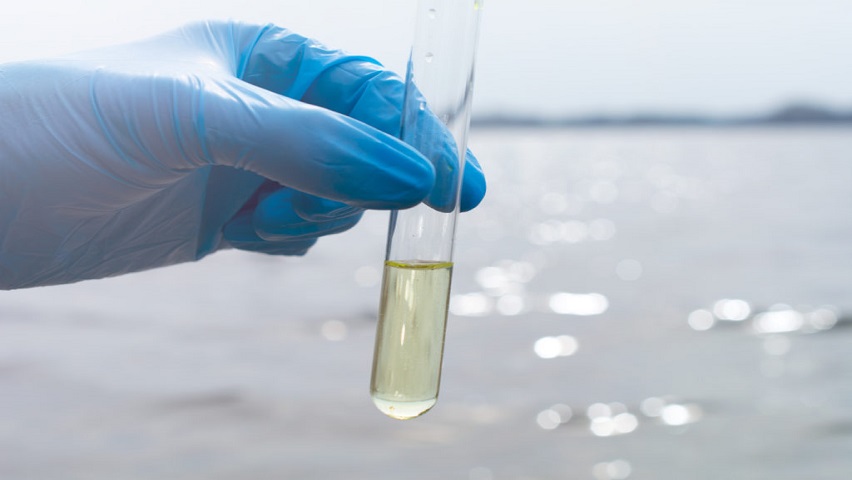How is water used in the refinery process?
Most of the water used in the refinery industry is for cooling. In the distillation process, coolers condense the vapors into liquid products, making them easier to handle. Usually this water is reused. The second largest use for water is make-up water for boilers and feed. Steam used for stripping, steam distillation and vacuum distillation becomes heavily contaminated when in contact with the products. This water cannot be reused as boiler feed, so new water is needed to meet the water shortage. On the other hand, condensate from the condenser is usually reused as boiler feed or as makeup water for other needs. A small portion of the water is used for the plant’s operational processes, sanitation purposes and other services.

Why is Industrial Water Testing Necessary?
1. In general, different refinery processes require different properties of water:
2. Monitoring of ionic impurity in various water streams may include:
3. These ions and cations can be analyzed by modern ion chromatography (IC) techniques, addressing a number of challenges including:
Detection of trace levels of analyte (eg sodium) in the background of high ionic-strength matrices (amines). Thanks to the development of high-capacity cation-exchange columns, this challenge has been reduced.
Preconcentration of a sample when trace ions (less µg/L) are quantified. Preconcentration requires additional hardware such as a concentration column and pump, and takes additional time. Using gradient separation, trace ions can be analyzed with direct injection.
